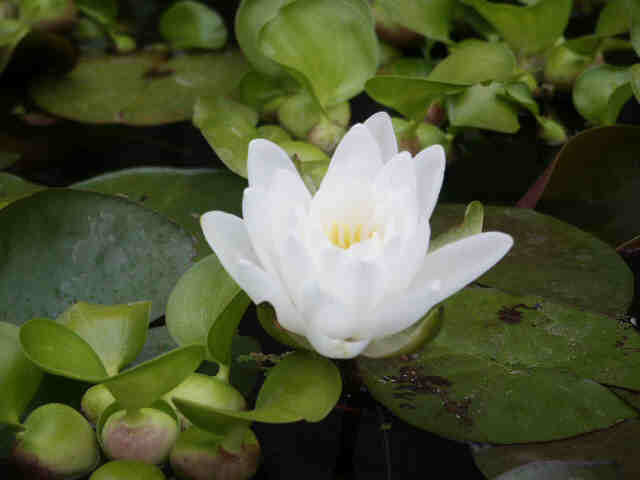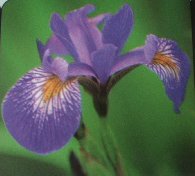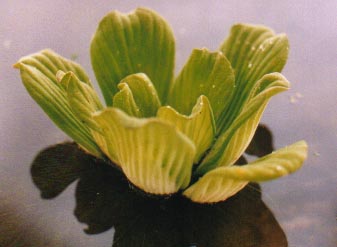Advanced Landscape Systems
![]()
The key to having a well running pond is to have a well running filtration system. First, observe the pond filtration system and how it works. Then identify problem areas, if any. While the water takes the path of least resistance see if it finds its way around the filter material and recirculates without being filtered. If this is happening, the filter is stressed i.e. clogged up with gunk. It is time to clean your filter. If a filter is doing its job it will remove sediment from the water and the water flow will pass through the filter rather than around it.
Filter Applications
Pond filtration can be done in different ways depending upon the application. The standard type of filtration currently on the market is mechanical filtration. This type of filtration uses media such as poly fiber, smart silk, netting, bead, or another type collector material to catch the debris. Sediment loads can be heavy in the filter media. It is important to have the right capacity filtration system to match the filter load of a pond. This is determined size of the pond.
Chemical filters change the nature of the harmful chemicals found in the water. Chemical filtration converts ammonia waste compounds into inert chemicals which are not dangerous to the fish. Activated carbon / charcoal and zeolite are the most popular examples of chemical filtration mediums. Both of these mediums have an excellent surface area that can act as both mechanical and chemical filters because of their porous nature.
Biological Filtration converts ammonium compounds to nitrates, which are relatively harmless to the fish. Such a filtration system may be incorporated within the pond during construction in the form of an under gravel filter or may be constructed externally in filter chambers containing a suitable medium. Certain bacteria which do not require oxygen derive their energy by breaking down organic matter. During this process, they release ammonia or ammonium compounds. These compounds in excess will kill fish and can accumulate very quickly if not filtered. Beneficial bacteria also exists within the pond environment. Beneficial bacteria converts dangerous compounds into nitrates. This beneficial bacteria colonizes inside the biological filter media and this is the reason why they are used in conjunction with various other filtration methods.
Under gravel filtration is a form of biological filtration and is laid on the base of the fish pond. Under gravel filters cover the base of the pond and have the advantage that they cannot be seen. This type of filtration system consists of a network of pipes which contain a number of holes, through which water is drawn via a pump. As the water is drawn into the pipes it is passed down through a layer of gravel which is placed on top of the network of pipes. Providing the top layer of gravel is porous it will provide an excellent medium for bacteria to colonize and break down ammonia/ammonium compounds.




Hardy Water Lily Iris Water Lettuce Lotus
Free Consultations | Quality Work | Locally Owned
Contact us for project estimates / bids, service requests, consultations, or additional information about services offered.
408.559.7762
Beautifying the Santa Clara Valley Since 1985.
Advanced Landscape Systems 2018. All Rights Reserved.